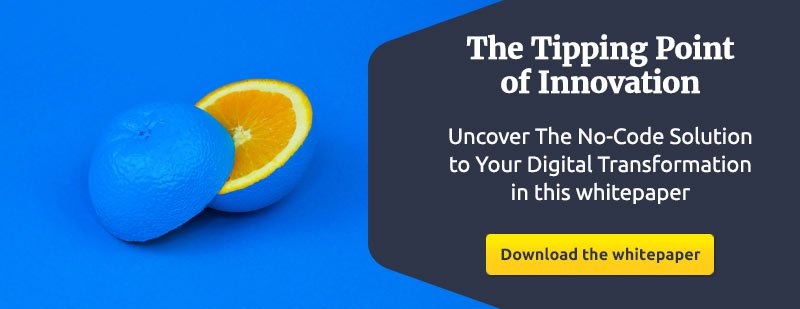When was the last time that you ordered a product without knowing exactly where it was or when it would arrive? Legends speak of a time where live package tracking didn’t exist… A lawless and frustrating time. Thankfully, logistics companies have evolved far beyond getting packages to your door, they’re consumer-driven services which are conquering the land, sea, air, and everything between.
Precision on a gigantic scale
Behind the curtain, logistics revolves around a complex global supply chain. Just moving a product from warehouses into a customer’s hands could cover thousands of kilometers with as many variables in between. Rather trying to list everything here, it can be summarized (broadly) within the 7R’s:
- Right product
- Right place
- Right price
- Right customer
- Right condition
- Right time
- Right quantity
10 years ago, this ‘right on time’ model might have been difficult to master but the explosive introduction of IoT changed everything. Vehicle monitoring, inventory tracking, and process optimization was suddenly an inexpensive goal thanks to relatively low startup costs of lightweight IoT devices. On the software side of things, developing systems around them required similarly lightweight (API based) solutions.
When used effectively, IoT networks provide hundreds of data points which can be used to identify even the smallest pain points of a process. From there, logistics companies can analyze every step of a product’s journey in real-time, shaving off valuable seconds where possible. Doesn’t sound like a lot? Well, those seconds spread over the entire supply chain represents significant time and cost efficiency.
IoT: the evolving revolution
Suffice to say, the Internet of Things unlocked a whole new level of process optimization for those who’ve found innovative ways to implement the technologies. Watching videos behind the scenes of mega-warehouses shows just how far IoT has come in a few short years. Already, companies like Amazon have built sci-fi levels of automation with almost zero manual work required to get packages out of distribution centers and moving around the world.
At the risk of sounding cheesy, the only limit seems to be an organization’s imagination. Want to monitor your drivers in detail? Connect with their dashcam. Worried about a food container going bad? Throw in a smart sensor to monitor the temperature or humidity. Even these examples were figured out and implemented by the industry within just months of IoT's arrival!
Where does IoT go from here? That will depend on what's happening on the forefront of technology. While the rest of us are wondering how self-driving cars will revolutionize daily commuting, logistics companies are thinking 10 steps ahead to driverless fleets. Similarly, creative thinkers are figuring out how to avoid congested roadways with drone package carriers. Again, something like this sounds 'sci-fi' but the industry is now one of the biggest drivers of automation technology in the world.
Tapping into the data stream
Investing in these systems eventually creates a 'Matrix' , experts are tapping into their new mountain of data to create predictive analytics systems. Beyond risk control (and combined with machine learning) logistics could be the first industry to successfully predict consumer trends rather than reacting to them.
The dangers of falling behind
Just like any consumer-driven market, leaders control the pace and consumer expectations follow their trends. Unfortunately, logistics evolved so fast that smaller, unprepared organizations got left behind without warning. Overnight customers wanted live services, faster deliveries, and real-time order tracking. Without systems in place to meet demands... well they moved to faster, more agile leaders.
Unfortunately, just offering competitive services isn’t enough either. Logistics is largely about reliability, counting on some amount of word-of-mouth to bring in new clientele. Without investing in powerful systems alongside services, consumers will eventually flock to your competitors anyway.
And the worst-case scenario
Although increasingly rare, there are companies out there that haven’t transitioned into the cloud yet. Meaning everything exists in local servers, excel spreadsheets, and paper documents. Well… imagine what happens to a delivery company if those hard drives crash? It’s a big ‘what if’ but something like this could sink unprepared organizations in an instant.
Stay tuned for more
The Internet of Things is an incredibly rich resource for logistics. Because operations take place on such a grand scale, there are hundreds of opportunities in between the warehouse and delivery. We'll be back to discuss some of the latest developments in the field and some of the fastest ways to implement high-impact IoT quickly and easily. Until next time!



